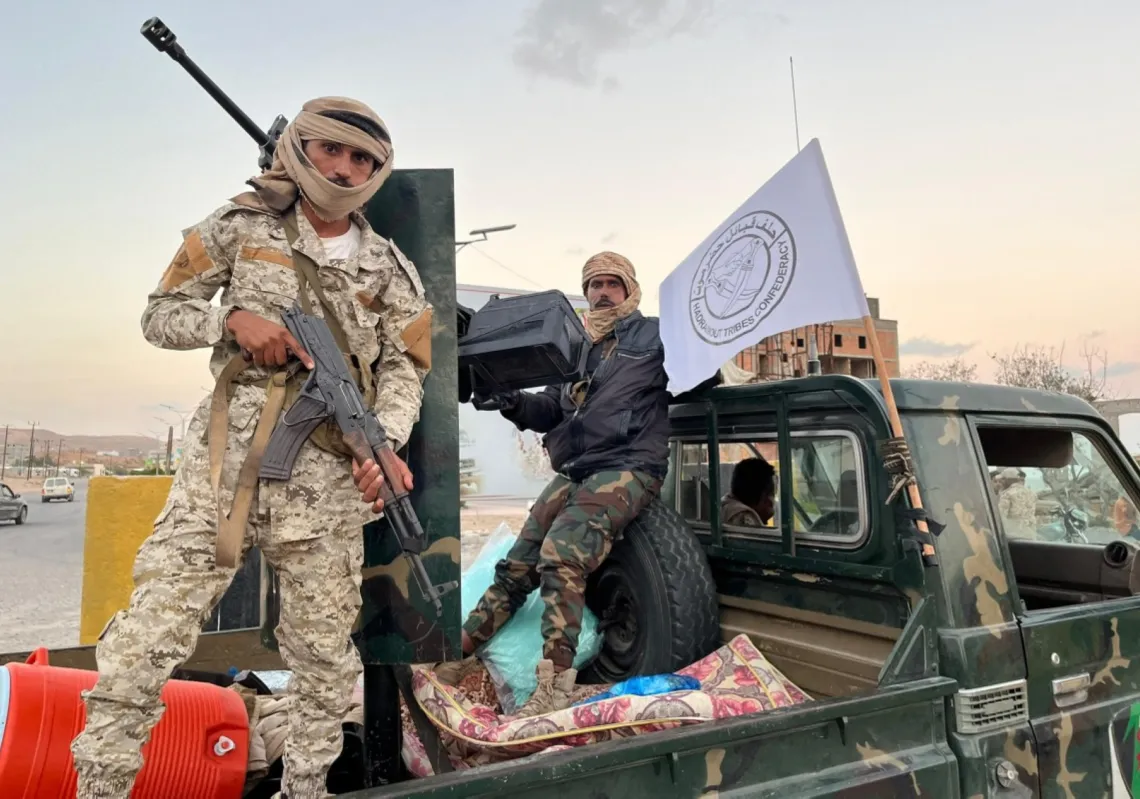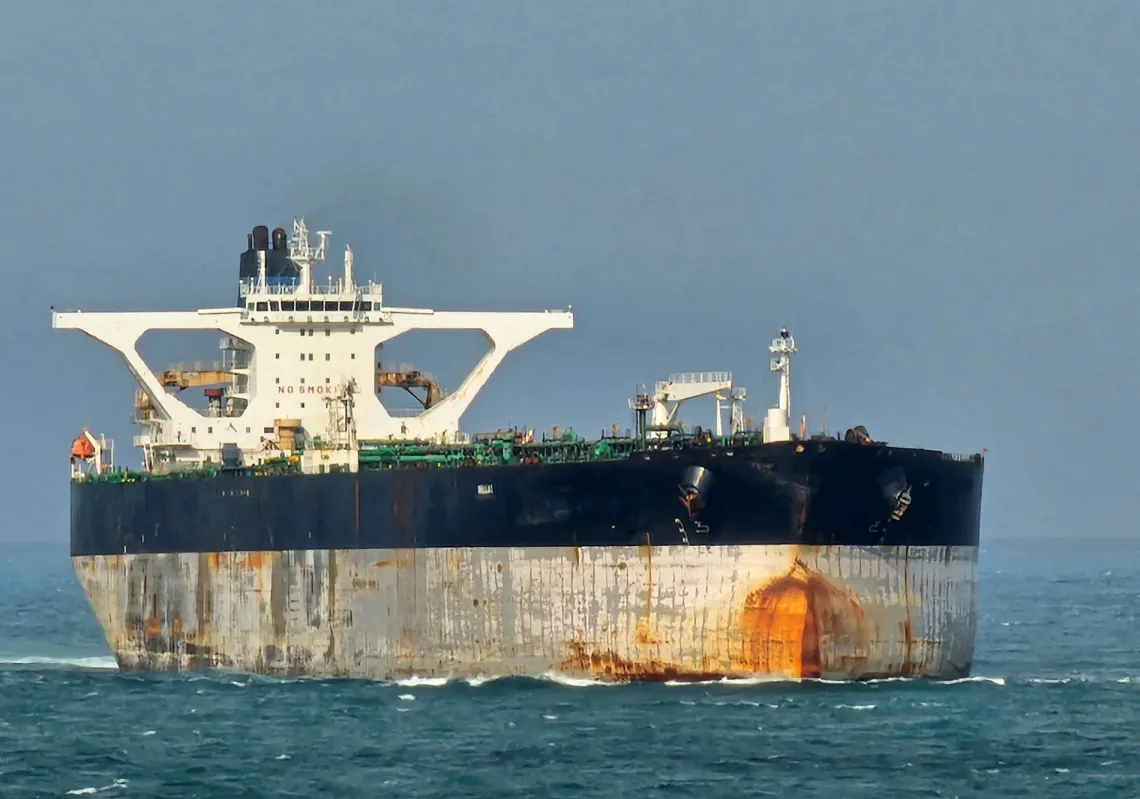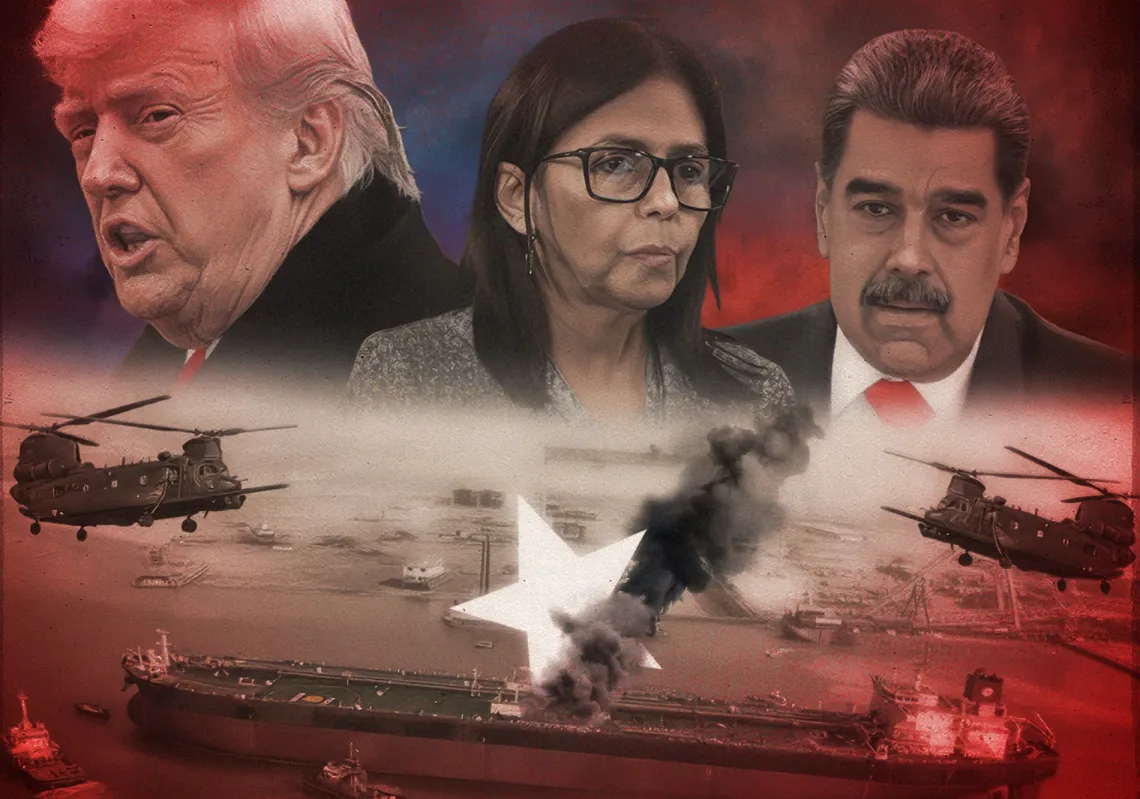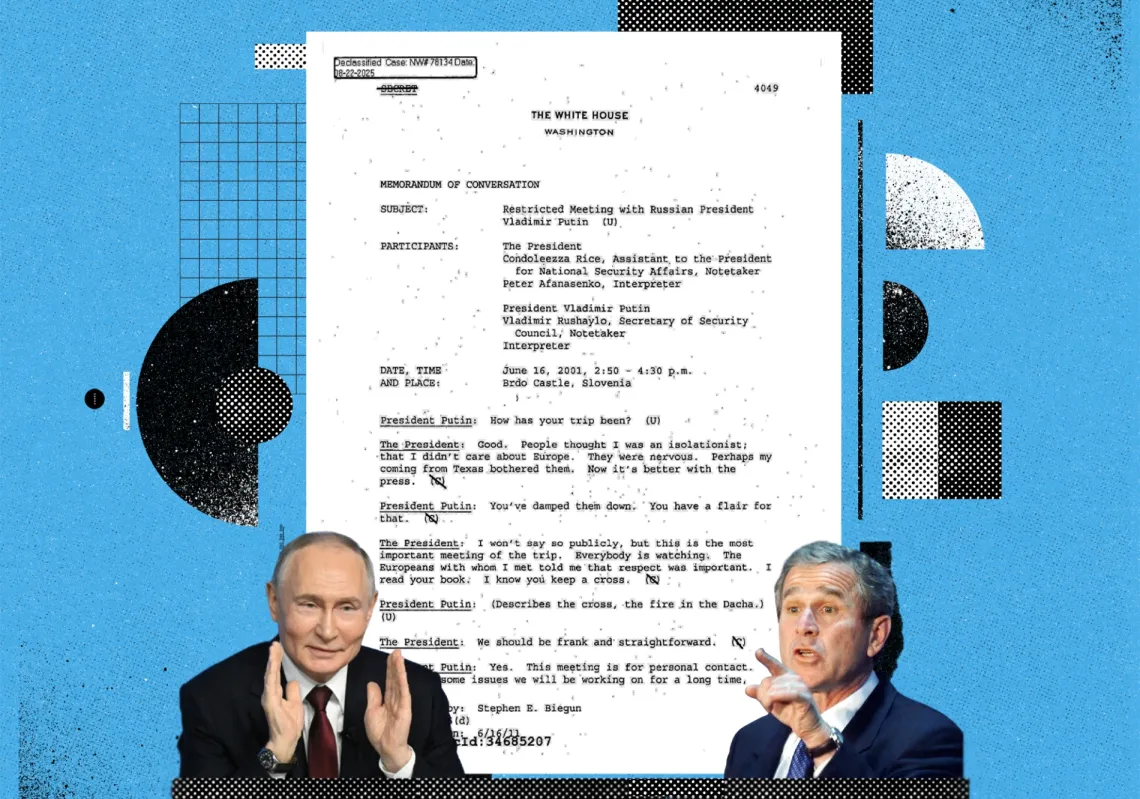In the seven months since Syria’s former president Bashar al-Assad was overthrown, 78 foreign governments and multinational bodies have descended on Damascus to engage with Syria’s new interim president Ahmed al-Sharaa and his transition team.
No post-conflict country in history has come close to matching such a sudden and large-scale surge of diplomatic engagement. Considering the consequences associated of half a century of Assad dictatorship and 13 years of debilitating conflict, the progress Syria has achieved in these past months is extraordinary.
Almost all sanctions and designations imposed on the country over the past five decades have been removed or waived, while Syria has been swiftly reintegrated into regional and global multilateral bodies. To illustrate this, President al-Sharaa is expected to address the UN General Assembly in September, making him the first Syrian leader to do so since 1967.
Land of opportunity
On the economic front, Syria’s economy is breathing its first oxygen in many years. More than $20bn in contracts and memoranda of understanding have been signed in recent weeks, with companies headquartered in Qatar, Saudi Arabia, Kuwait, Türkiye, the United Arab Emirates, Jordan, France, and the United States.
Syria’s first exports to the US are currently en route by sea; American commercial 4G and 5G telecommunications infrastructure is now integrated into Syria’s SyriaTel network, and at least four US-owned oil, gas, and electricity companies are looking to jump into Syria.
Notwithstanding the numerous challenges associated with a post-conflict transition—including transitional justice, peace and reconciliation, disarmament, demobilisation and reintegration (DDR), and ethnic and sectarian protection and representation—Syria is in a remarkably good place.

While violence persists, it has fallen to all-time low levels in recent weeks. The anti-government insurgency that began on the country’s Mediterranean coast in January has not conducted an attack in two months. Islamic State (IS) remains a serious threat, but intelligence-sharing and operational coordination between Damascus, Washington, and other international forces is now a well-oiled machine.
Fly in the ointment
As Syria’s transition stabilises and reintegrates into the world, however, one major structural domestic challenge remains: the Kurdish-led Syrian Democratic Forces (SDF), based in Syria’s north-east. Despite signing a framework agreement in March, sporadic talks between the SDF and Damascus have made little if any meaningful progress. The ceasefire in north-eastern Aleppo remains in place, and SDF-extracted oil is being sold to Damascus, but trust remains low.













